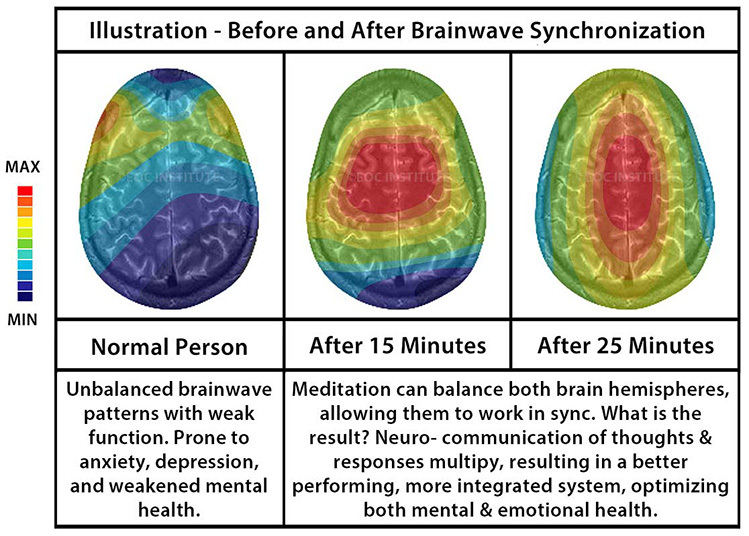

We don’t fully understand why music produces therapeutic responses in some people, Still, research⁴ on the connections between music and the brain indicates that music can lessen pain, reduce stress hormones, reduce activity in parts of the nervous system linked to stress, and influence activity in certain parts of the brain that may be involved in migraines⁵. How does audio therapy work, and what’s the science behind it? The first known reference to music therapy appeared in 1789³, so while it’s not a new concept, music therapy is gaining attention for its possible benefits as a therapy for migraines. Audio therapy uses various audio types, such as sounds, music, or spoken words, to potentially improve a person’s health or wellness. Music therapy is a type of audio therapy. Scientists not only continue to search for a cure for the primary headache disorder but also for treatments that may provide relief for the many people for whom existing migraine treatments aren’t working.Īlthough migraine-specific drugs and general pain relievers are effective in helping many people manage their migraines, researchers are investigating the concept of migraine music therapy and its potential role in alleviating migraine attack symptoms - and studies² indicate it may be worth a try, although more research is needed. A condition that affects more than 10%¹ of the global population (an estimated three times more women than men), migraine headaches have become a prominent topic in research.


 0 kommentar(er)
0 kommentar(er)
